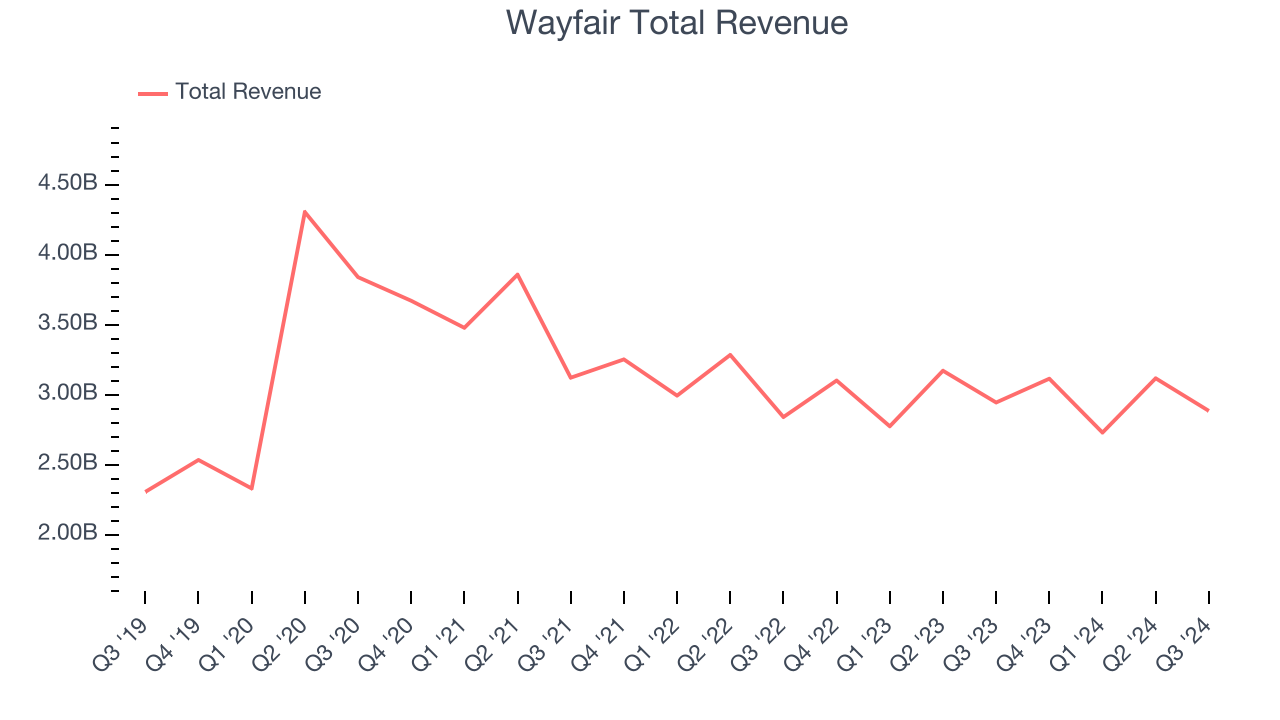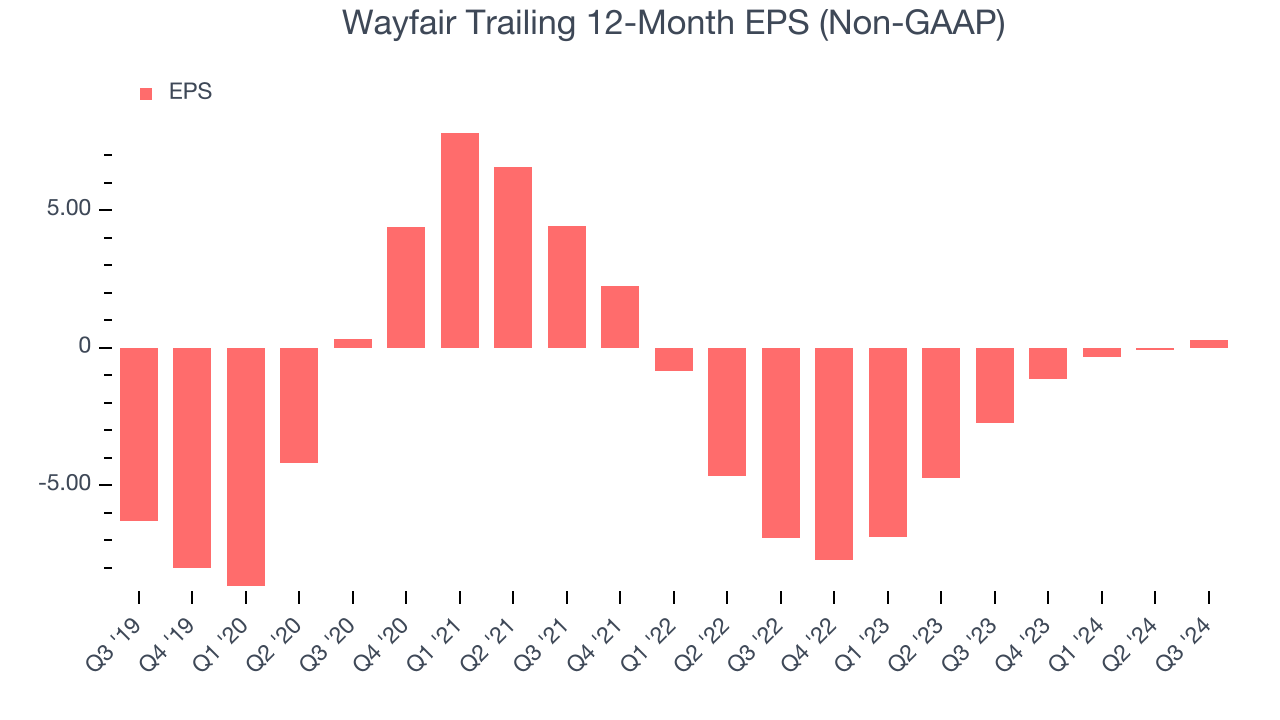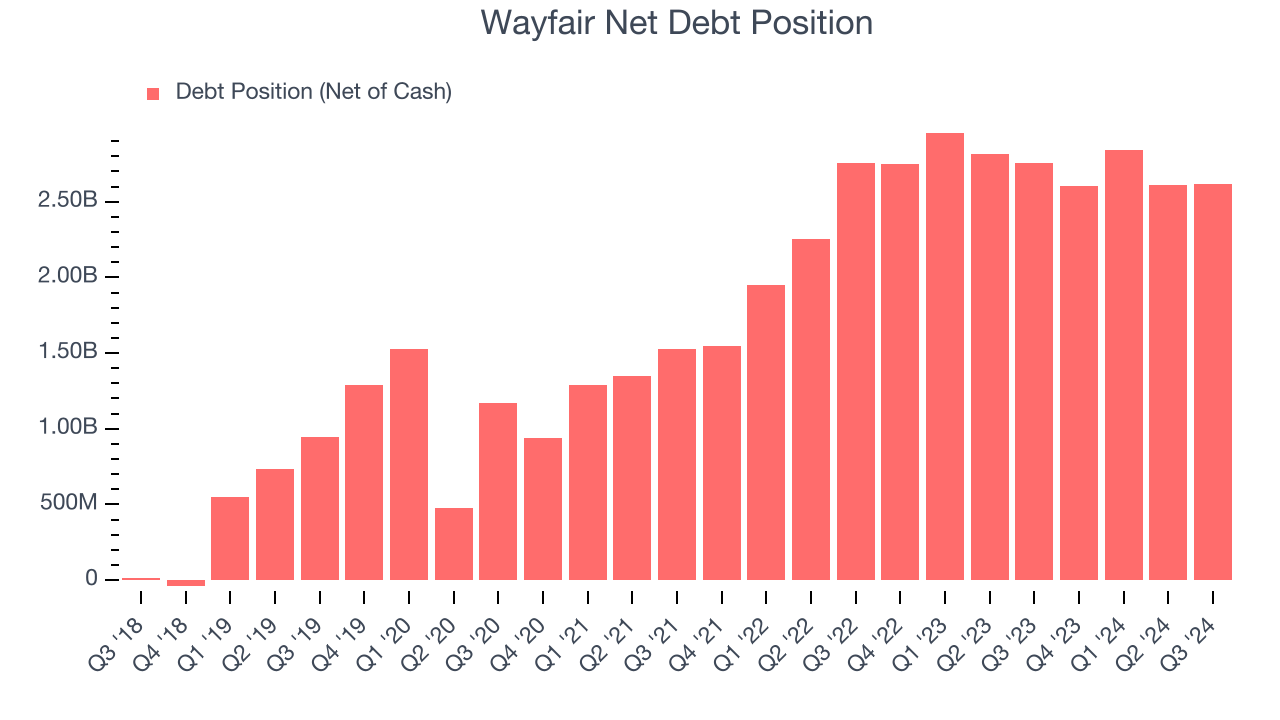Financial News
More News
View More
Power On: Applied Digital’s First AI Data Center Goes Live ↗
November 28, 2025
Alphabet: The AI Leader Best Positioned to Dominate 2026 ↗
November 28, 2025
2 Reasons to Load Up on Fiserv, 1 to Stay Away ↗
November 28, 2025
3 Stocks to Buy for the Evolution of AI Infrastructure ↗
November 28, 2025
How Semtech’s Data Center Chips Are Powering the AI Boom ↗
November 28, 2025
Recent Quotes
View More
Stock Quote API & Stock News API supplied by www.cloudquote.io
Quotes delayed at least 20 minutes.
By accessing this page, you agree to the Privacy Policy and Terms Of Service.
Quotes delayed at least 20 minutes.
By accessing this page, you agree to the Privacy Policy and Terms Of Service.
© 2025 FinancialContent. All rights reserved.












